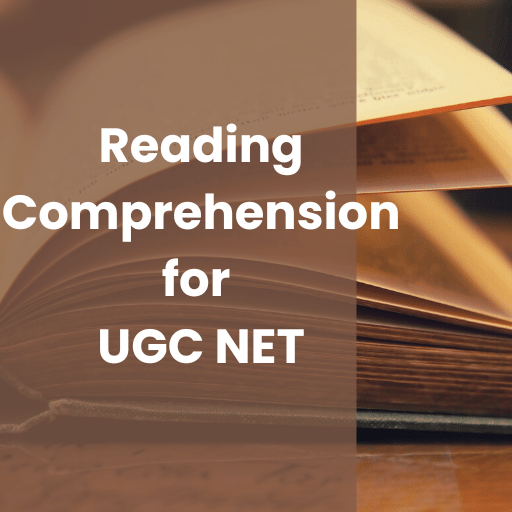Sample Reading Comprehension - 1 | Reading Comprehension for UGC NET PDF Download
Directions: Read the passage and answer the questions that follow:
Over the last few days, Delhi residents have been protesting against the government’s approval for felling over 14,000 trees in south Delhi. Faced with severe criticism, the National Buildings Construction Corporation, tasked with redeveloping half a dozen south Delhi colonies, on Monday assured the Delhi High Court that no trees would be cut for the project till July 4, which is temporary relief. Many of the trees proposed to be felled are mature, local, fruit-bearing ones that provide clean air, shade and water recharge to humans and are homes to many birds. These areas of Delhi have served as the “lungs” of the city. However, the project reports overlook these qualities.
Large constructions have been difficult to manage in India. The sector has systematically lobbied to be excluded from the environmental norms of the country and has been successful in carving out special privileges for itself in the environment clearance process. From 2006, most construction projects have been approved based on an application form instead of detailed assessment reports. In 2014, schools, colleges and hostels for educational institutions were exempted from taking environment clearances as long as they followed specific sustainability parameters. In 2016, projects with areas of less than 20,000 sq m were permitted to proceed as long as they submitted a self-declaration ensuring adherence to environmental norms. As a result of these privileges, construction projects contribute significantly to urban air and noise pollution and high water consumption in cities. Compensatory afforestation taken up in lieu of trees felled by projects is a failure due to poor survival rates of saplings and no monitoring. Yet all regulatory bodies treat large constructions with kid gloves.
The Minister for Urban Development has stated that this public campaign is “misinformed”. But that is far from the truth. In a literate, urban society that has high access to the Internet, the lack of official information on urban development and its impacts can only be understood as an indirect form of public silencing. There are no public hearings held for urban construction projects, and governments assume that citizens have nothing to say about them. Since Delhi is ruled by so many agencies, you can run from pillar to post and still not have a clue about who is in charge of what. The residents are now appealing to the government to embrace inclusive ways of redesigning the city. The governments could join hands by committing to review these projects.
I. Saplings planted have a poor survival rate.
II. There is inadequate monitoring of the afforestation done.
III. The funds provided are adequate to cover the areas as well as look after them.
I. The projects were designed by the Union Ministry of Housing and Urban Affairs and approved by the Union Cabinet in 2017.
II. The projects have been declared “smart” and “green” despite their ecological impacts such as high water usage and tree loss.
III. About 5 projects have been given environment clearances after they were cleared by the National Green Tribunal.
I. The project mentioned has been postponed indefinitely after public protests.
II. From 2006, most construction projects have been approved based on an application form instead of detailed assessment reports.
III. Multiple agencies in charge can create a lot of confusion.
I. Lack of open access to the internet.
II. Lack of official information on development related issues.
III. Actively misinforming the public with blatant lies and false reports.
FAQs on Sample Reading Comprehension - 1 - Reading Comprehension for UGC NET
| 1. What is UGC NET? |  |
| 2. How often is the UGC NET exam conducted? |  |
| 3. What are the eligibility criteria for UGC NET? |  |
| 4. How many papers are there in the UGC NET exam? |  |
| 5. How is the UGC NET exam conducted and scored? |  |
































